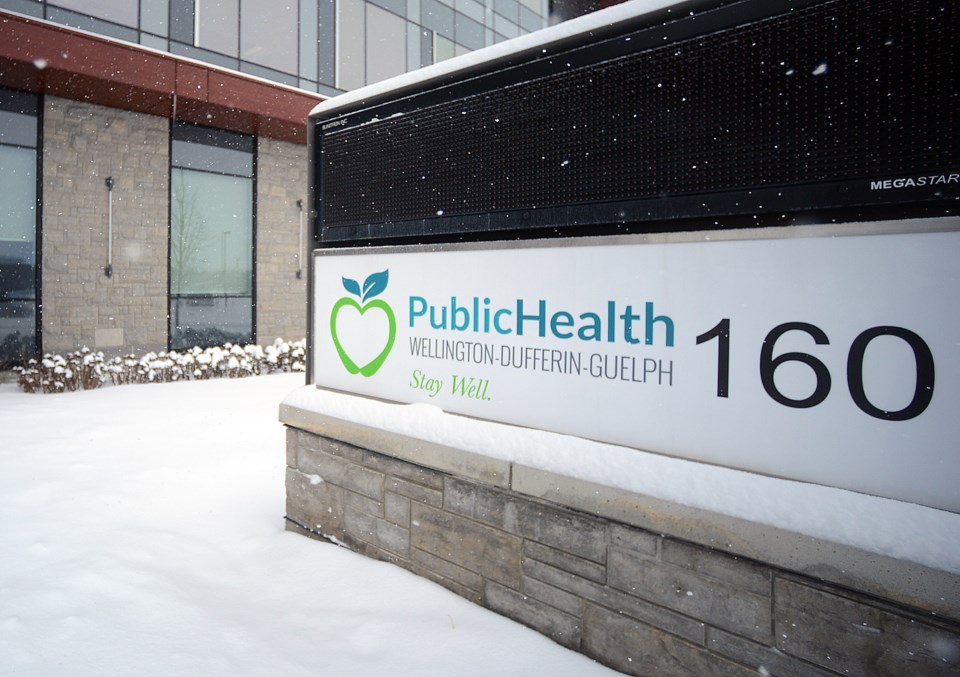Guelph and Wellington County experienced a ‘significant’ increase in salmonella cases in 2024 compared to previous years, according to a new report from Wellington Dufferin Guelph Public Health.
Salmonella are bacteria that can make people sick with diarrhea (salmonellosis), which spreads primarily by eating contaminated foods like undercooked poultry and meat, raw and undercooked eggs, or ingesting water contaminated with animal feces.
Cases were stable from 2019 to 2023, with an average of around 47.6 cases per year. The maximum number of cases per year during that time frame was 53. But in 2024, that number grew to 74.
In general, the rate in WDG tends to be higher than the provincial average.
While anyone can get ill when they ingest the bacteria, infants, the elderly and immunocompromised are more at risk of suffering from dehydration and complications.
Other diseases like giardia, Lyme disease, whooping cough and shigella also had a notable uptick in 2024.
Giardia is a parasite that causes diarrhea and can live in the intestines of people and animals. It’s passed on through feces, and can live in the environment for months.
It’s typically found in water, food, soil, or on surfaces and hands contaminated with feces, and is primarily spread by ingesting contaminated water.
According to the report, WDG has had higher rates of giardiasis than the province since 2019, and locally saw twice as many cases in 2024 than in 2023, going from an average of 32.6 cases to 57 cases total last year.
There is no known reason for the increase in salmonella and giardia at this time.
Cases of bacterial illness whooping cough, or pertussis, also doubled locally in 2024: 51 cases were reported in 2024, compared to 23 cases in 2023, and an average of 6.4 cases in the years prior.
The report notes whooping cough tends to circulate at a low rate, but that it’s normal for cases to increase cyclically every two to five years. The local rate, however, is still above the provincial average.
Lyme disease cases have been consistently increasing over the last few years, with most cases occurring in the warmer months. From 2019 to 2023 there were an average of 11.4 cases. In 2024, that number more than doubled to 28 cases total.
“Climate change has increased the geographic distribution of black-legged ticks,” the report states. “Wamer winters also contribute to increased activity of the ticks resulting in more tick-human interactions which contribute to the increased number of Lyme disease cases.”
The rate of Lyme disease for WDG remains below the provincial average, but the number of cases locally and provincially continues to increase every year.
